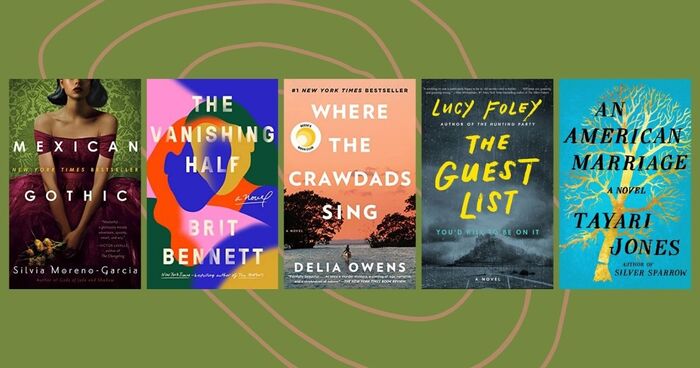Drawing the Art-science Connection Pens Pencils and Neurons

See a Problem?
Thanks for telling us about the problem.
Read Book
Friend Reviews
Reader Q&A
Be the first to ask a question about Drawing
Community Reviews


I never really knew art-science was a field of study until I read this book. I already knew music-science was a flourishing field, see this spellbinding book about music-science . perhaps what demonstrated to me the legitimacy of art-science was the impressive amount of citations within this text. I was not expecting this book, offered to me through a relative of the a
a book that would most likely serve some kind of introductory drawing course quite well. light reading for the seasoned artist.I never really knew art-science was a field of study until I read this book. I already knew music-science was a flourishing field, see this spellbinding book about music-science . perhaps what demonstrated to me the legitimacy of art-science was the impressive amount of citations within this text. I was not expecting this book, offered to me through a relative of the author, to be so academically oriented - a pleasant surprise as previously I had never read an academic art book. anyway, the author here clearly has a case for preserving the arts as his selected citations show.
I found the beginning and end of the book most interesting - especially the portions on how a child slowly evolves their drawing skills. the middle parts concerning different drawing techniques were old news to me. however, I will say I thought the way techniques such as stippling or hatching for example were very well explained. you can tell the author knows how to teach people as most of the book reads like a university lecture or conversation between the reader and author. my only disappointment with this book was that I was hoping for more writing about what actually happens in the brain when we draw - not necessarily when we look at art. there are also a vast amount of silly typos in this book that should have been caught by the editor.
I think the diamond lining of this book is that nearly all the illustrations were drawn by the author - certainly a special touch. I'd recommend this for those who actively draw or those who have an interest in learning to draw.
...more

Sometimes I felt overwhelmed with so many facts but all in all it's a great book to read for artists & non artists so as to learn more about how our brains work when viewing objects & expressing it on paper. It's n This book was a hard book for me to read therefore I needed time to read it slowly to contemplate & absorb all the pointers it can give me as an artist. What I liked about this book are all the illustrations that are in it that help you see what the Science part of it is talking about.
Sometimes I felt overwhelmed with so many facts but all in all it's a great book to read for artists & non artists so as to learn more about how our brains work when viewing objects & expressing it on paper. It's not an easy read, but it was worth it. Most people feel that art is not important, but this book shows the time & thought that goes in to each object d'art that is made.
Yet there is still so much we need to learn. This is just the tip of the iceberg. ...more

I had given my name to GoodReads giveaways for this book because my husband is an artist, and it seemed to me that it would be appropriate for him. But he does not read in English. So I read the book thinking that if there was a more likely part to help him draw better, I would translate it to him.
However, this book is more about the neurophysiology of vision, the way our brain interprets what it sees and how one can render w
I won this book in GoodReads giveways in exchange for an honest review.I had given my name to GoodReads giveaways for this book because my husband is an artist, and it seemed to me that it would be appropriate for him. But he does not read in English. So I read the book thinking that if there was a more likely part to help him draw better, I would translate it to him.
However, this book is more about the neurophysiology of vision, the way our brain interprets what it sees and how one can render well on paper what our brain interpreted. I'm not saying it can't help an artist to do a better job because the author explains how a few strokes of pencil or brush may give the illusion of reality.
This book can therefore appeal to a wide variety of readers. So I give it 4 stars.
...more

















News & Interviews

Welcome back. Just a moment while we sign you in to your Goodreads account.

Drawing the Art-science Connection Pens Pencils and Neurons
Source: https://www.goodreads.com/book/show/25354104-drawing
0 Response to "Drawing the Art-science Connection Pens Pencils and Neurons"
Post a Comment